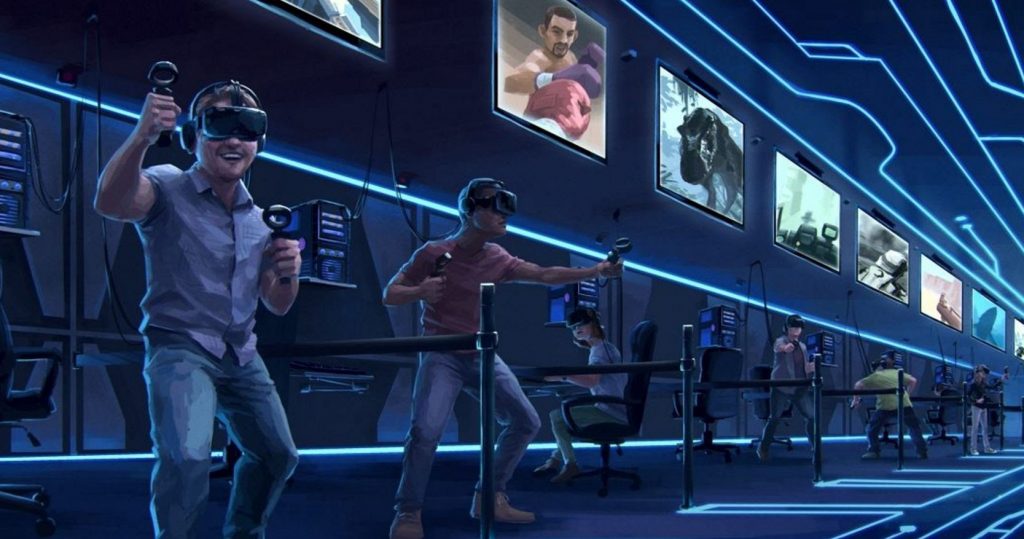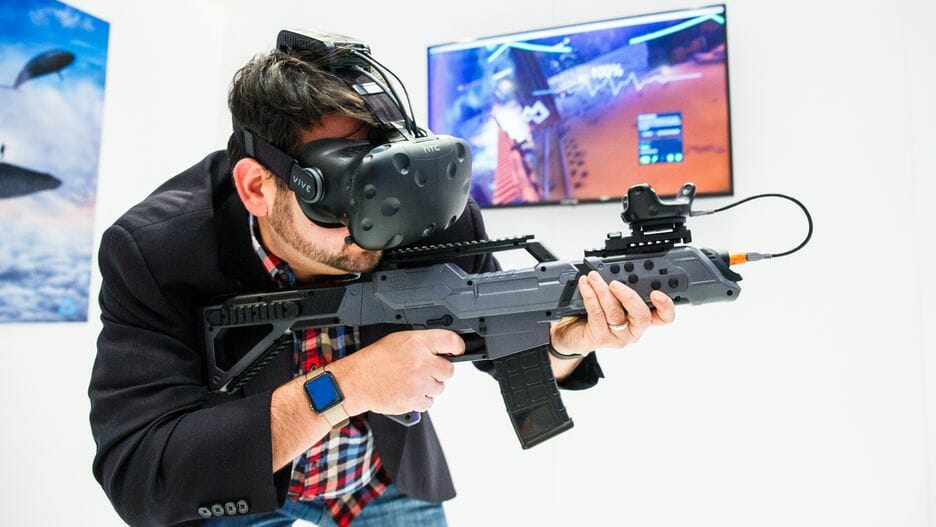Virtual reality (VR) is no longer a niche. VR applications are evolving fast, and they are penetrating in many industry sectors. From healthcare to the automotive industry, VR is changing the way things are done, and expectations for the future remain high. This is particularly true for video games.
So how high are these expectations? IDC predicts that the virtual and augmented reality market will dramatically expand from just over $9 billion last year to $215 billion by 2021. That incredible 118% compound annual growth rate would make VR one of the fastest-growing industries on the planet.
As we find ourselves almost halfway through the year, questions still remain about VR and the video gaming industry. Although 2017 didn’t live up to the predictions, VR gaming has learned a lot and come quite a way since it began back in 2014. As brands continue to test and experiment within the VR realm, the arms race will continue to create the best product and experience for consumers.
What can we expect from the video games when it comes to VR? Below are three trends to watch for as we move through 2018.
Bring VR training to your organization and start a free trial of Viar360 today!
Headset adjustments in recent years

As big-time brands (Samsung, HTC, Google, PlayStation, and Facebook) make their shift into the VR market, customers are still hesitant to purchase for a number of reasons. One of the major factors making consumers hesitate is the price of the equipment.
While Sony has seen early success with their cheaper PSVR system (sold over 2 million headsets in 2017, other companies are following suit to make their headsets more affordable and accessible. With more and more headsets entering the market, a price war is likely to ensue as companies will undercut one another to improve sales.
Not only are they realizing that it’s a price elastic and saturated market, but they are also finding that consumers are interested in ease of use and portability. With that in mind, stand-alone headsets will make its way to the forefront.
Standalone headsets will allow consumers to simply put the headset on and use without any sort of installation or other complication. There are no wires, and all you need is the device that is associated with the headset (i.e. mobile phone). Products like the Oculus Go will allow users to download games, apps, and other experiences right from their phone and sync them to the headset itself. There is no need to connect it to a VR-ready computer, which products like the Oculus Rift require.
VR arcades are a “new old” development in the video games industry

The target demographic for video games continues to change and evolve, but one thing remains the same; gamers are looking for the best game experience possible. As VR makes its continued push into the gaming world, players are looking to experience this new type of play, and many want to do it at an affordable price.
VR arcades are becoming more common among the gaming community. They are allowing players to fully experience VR gaming without having to purchase a headset of their own. The VR gaming as a service, the industry earned $286.7 million last year, according to SuperData Research, but could grow $2.3 billion industry by 2020. Despite not being largely widespread, VR arcades are serving a targeted and growing community.
Arcades like Yokey Pokey in Brooklyn, which opened in late 2017, has 42 headsets ranging from Playstation VR, Oculus Rift, HTC Vive and Samsung Gear. Prices start at $25 for 30 minutes. These arcades can serve a variety of customers and can be catered to different parties and events.
“Virtual reality allows for all types of gamers and all types of people who just want to have good experiences,” said George Casseus, head of business development for Yokey Pokey.
Educational uses of VR video games

When you think of video games, you probably aren’t thinking of experiences that foster learning. What you may not realize is that some forward-looking companies are scoring big with educational games.
Just as teachers have different teaching methods, students have different learning methods. Educators have realized that interactive games can be a very effective way for students to absorb the material in the classroom.
Companies like zSpace are creating “Virtual Instruction programs” powered by equipment and VR classroom apps. These new innovations keep students engaged and interested, as well as develop amazing new types of lesson content for teachers. The possibilities are endless, limited only by the imaginations of content creators. The educational technology (EdTech) industry is already well aware of what VR might bring to the education equation, as evidenced by the rapid spending already occurring in the space.
There are still a large number of challenges that VR gaming developers need to overcome, but as popularity and demand grow, innovation will follow. The video game industry has been changing for years and has done so at a gradual pace. VR gaming has not seen the rapid growth that they first expected, but the future is bright and will be more mainstream before we know it.
If you are interested in using virtual reality for corporate educational & training use make sure you check out Viar360!





